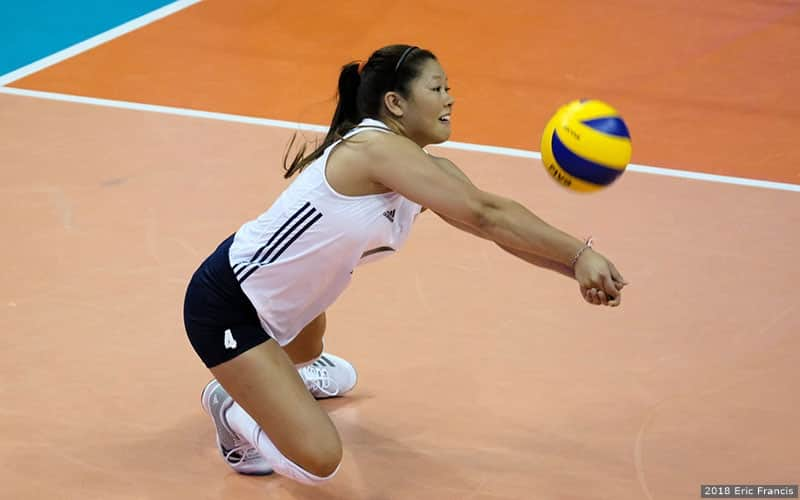
Becoming Good in Bad Situations (Part 2)
Ken Shibuya shares defensive tips he's learned from coaching athletes in across the world.
Resources for
Follow USAVolleyball
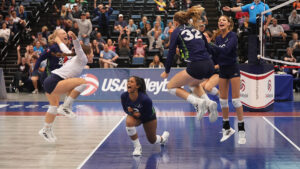 USA Volleyball Education is focused on improving developmental and educational opportunities across the sport of volleyball from grassroots to the national team level. Our goal is to provide the opportunity to access, complete and apply high-quality information and methods in the technical, tactical, physical and emotional aspects of the game for athletes and coaches while providing training, support and resources for other key stakeholders including officials, parents and clubs.
USA Volleyball Education is focused on improving developmental and educational opportunities across the sport of volleyball from grassroots to the national team level. Our goal is to provide the opportunity to access, complete and apply high-quality information and methods in the technical, tactical, physical and emotional aspects of the game for athletes and coaches while providing training, support and resources for other key stakeholders including officials, parents and clubs.
For years, the focus of volleyball in many areas and across various levels shifted to a mindset of winning at all costs.
What we now know is that the most successful teams in the world have developed a model of training and a culture that supports a holistic approach to athlete development which not only sets them up for competitive success on the court, but values and emphasizes the important of athlete health, well-being and long-term involvement in the sport.
The USA Volleyball Development Model was created based on the idea that volleyball in the U.S. could be taught differently, resulting in long-lasting positive outcomes across all measures of performance while keeping kids involved and loving the game longer.
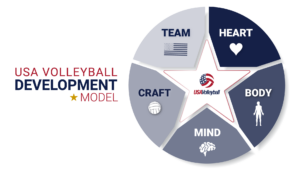
The five pillars of the USA Volleyball Development model provide the basis for a holistic approach to the core elements that are vital to supporting development at every level and across age groups.
USA Volleyball Education is committed to providing support for the volleyball community with a role-based approach to education and training. Whether you’re planning practices, cheering from the stands or making the right call, we provide the tools and resources to help you succeed.
USA Volleyball partner Sports Imports has provided USA Volleyball coaches with drills for use with their Trainer+ and The Vertec.


Ken Shibuya shares defensive tips he's learned from coaching athletes in across the world.
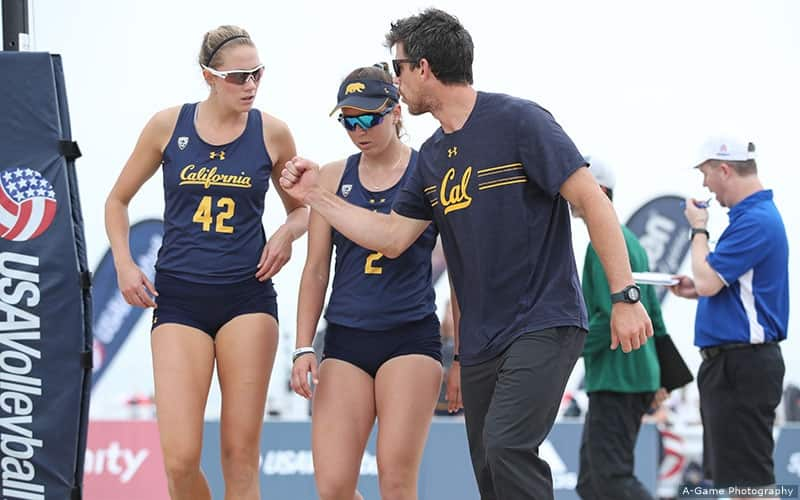
It's summer, and it's time to learn about yourself as a coach and how to impact players more effectively.
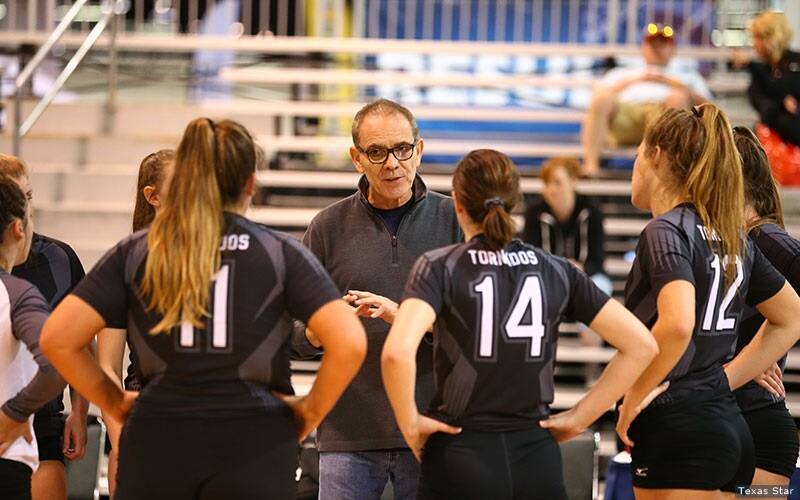
To be a great coach, you need to put in hours of practice as well.
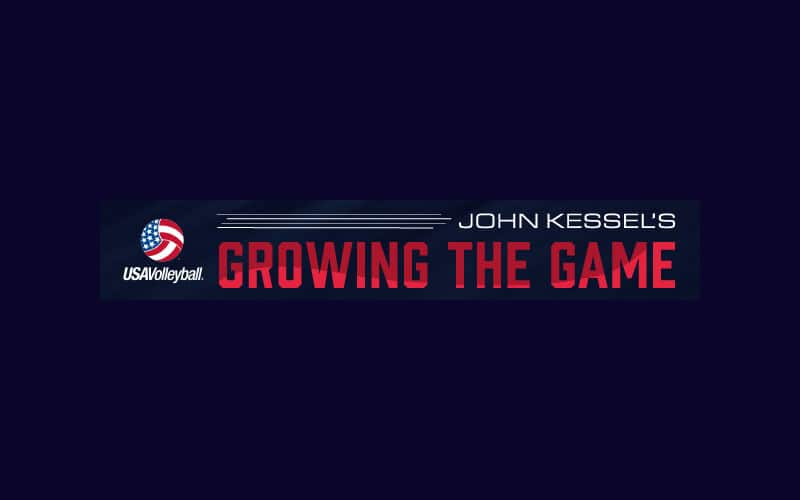
There are many ways to define success for a volleyball coach.

Having a tried-and-true nutrition plan ensures that the energy needed to achieve peak performance is there.
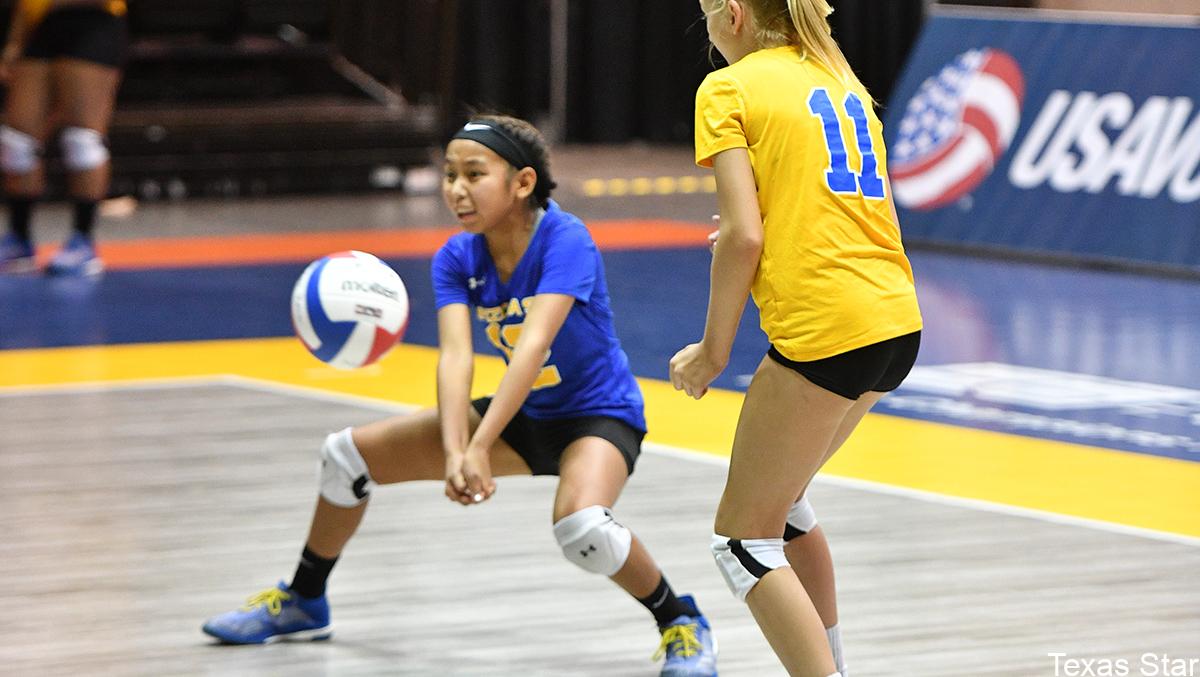
Volleyball is a unique sport in that it's both cyclic and acyclic in nature. Skills such as digging are totally random movements (acyclic). These two types of movements offer unique challenges in the prevention of injury to the volleyball player.
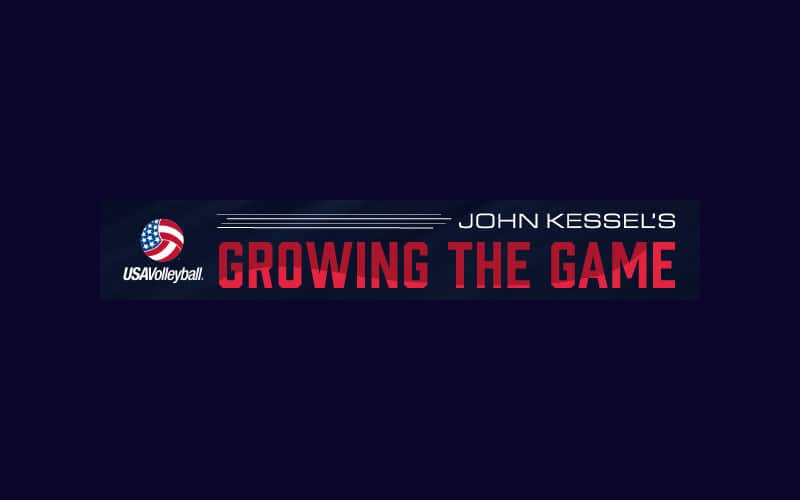
Understand the powerful importance of creating a healthy culture in a program.
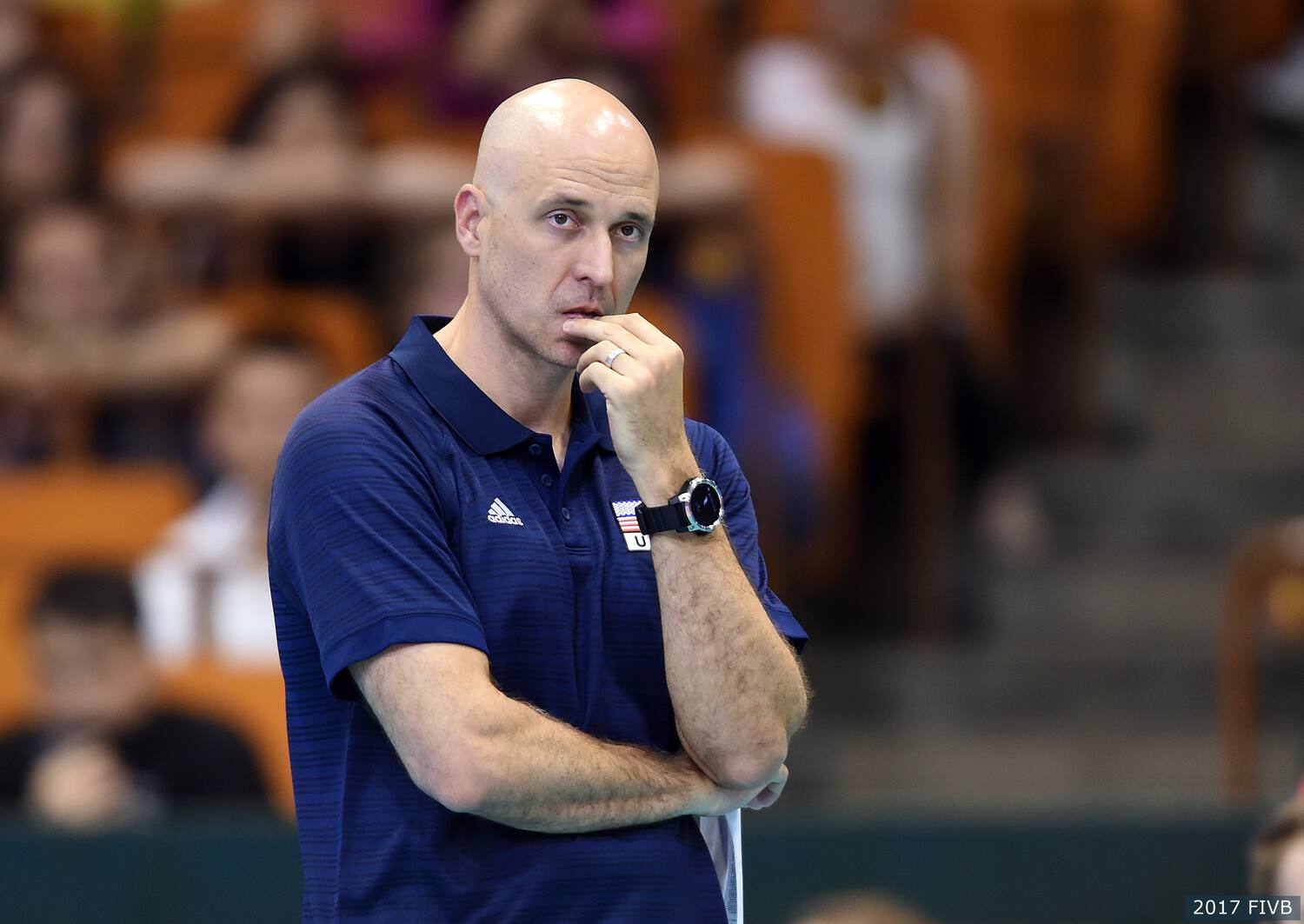
U.S. Men's National Team Head Coach John Speraw is wary of the term accountability. From his perspective it's all too often misinterpreted in a way that does more harm than good.
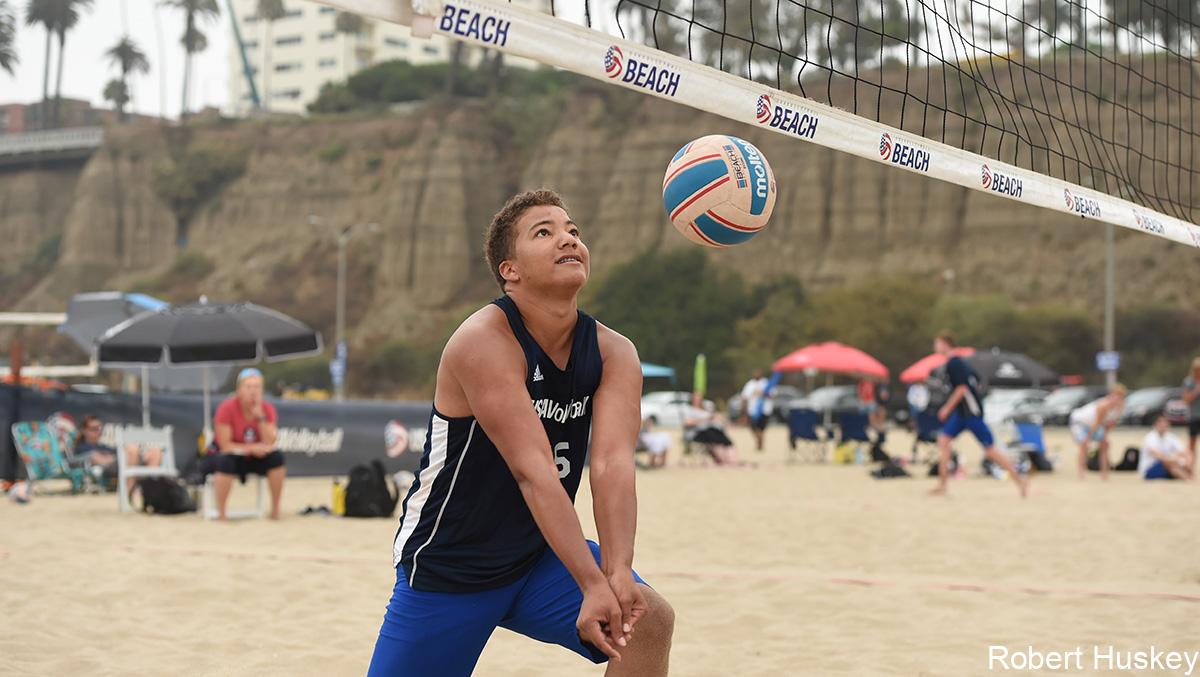
Beach volleyball competitions can be held on a natural beach so long as the beach is level and the sand is at least nine inches deep and free from rocks, gravel and other hazardous objects.
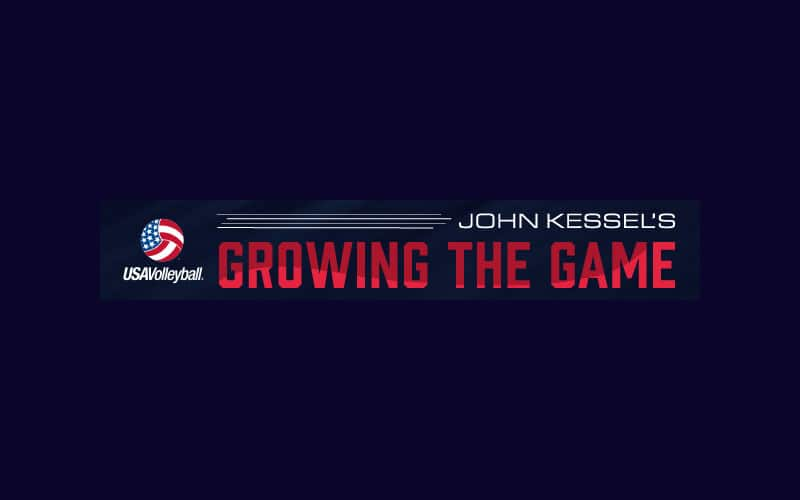
Then and now, creating randomness in the learning process, and its imperfections, creates both better retention and creative play at any level.
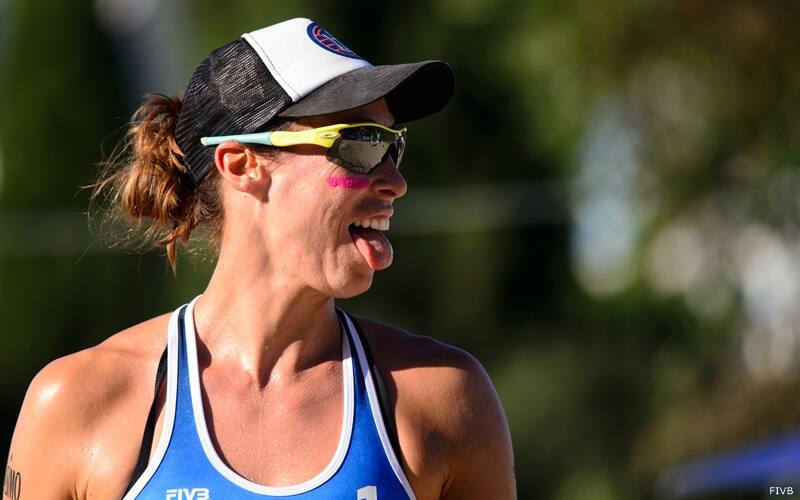
Hydration starts before you head out into the sun and continues after
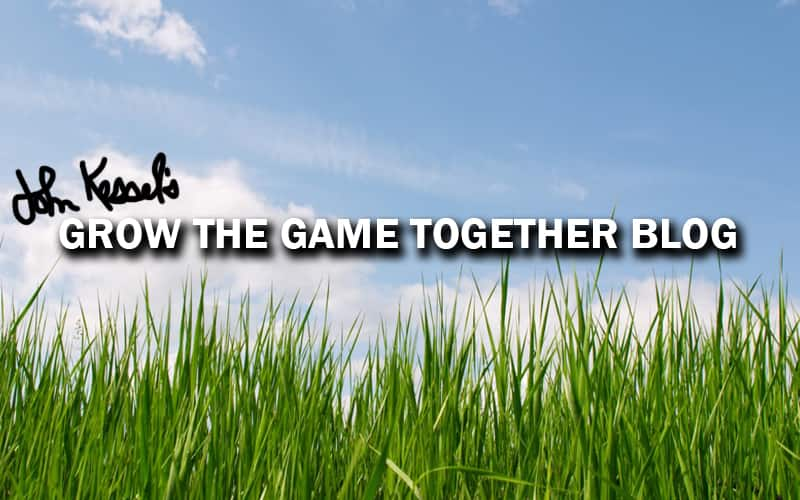
It's not about wrong or right, but about what is more effective. It's not criticism when science guides us to more effective ways to learn, it is information, which sadly many traditional coaches chose to ignore. As the great William Penn said, "Time is what we want most, but what we use worst."
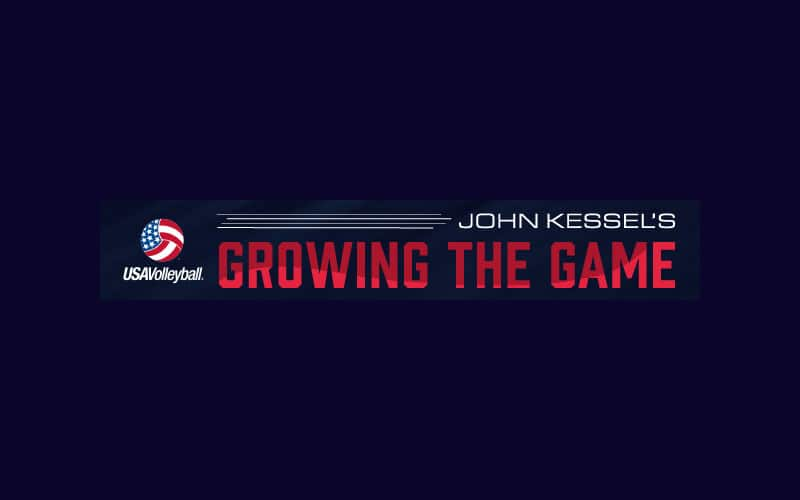
If there was one thing I would ask clubs and schools to change, it is to play far less 6 v 6 at younger ages, if any at all, where all but one of the kids stands around and watches the ball. For ALL ages, play much more 1v1/2v0/1v1+1/2v2, and reserve 6 v 6 for older players. It really is that simple.

It’s not about wrong or right, but about what is more effective. It’s not criticism when science guides us to more effective ways to learn, it is information, which sadly many traditional coaches chose to ignore.
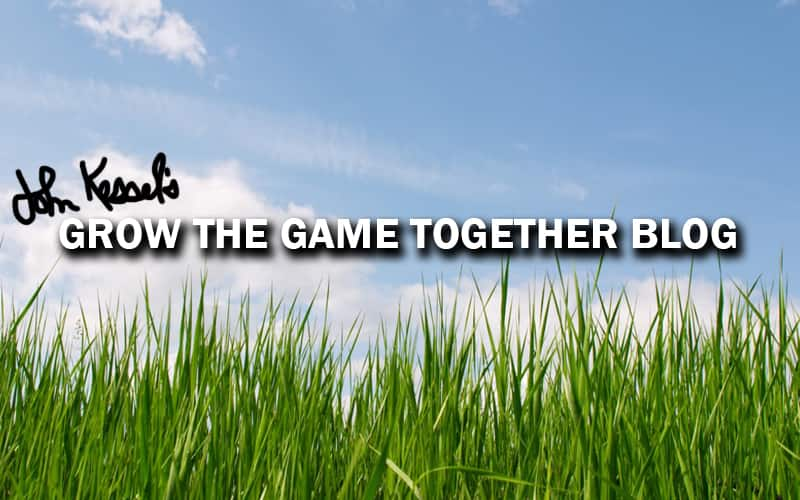
This month, I journeyed for the second time in a year above to our neighbor north of the 48 states, to work with ACE Volleyball club as part of their Make-A-Wish project. The athletes had fundraised over $24,000 beyond their club costs, for the second year in a row.
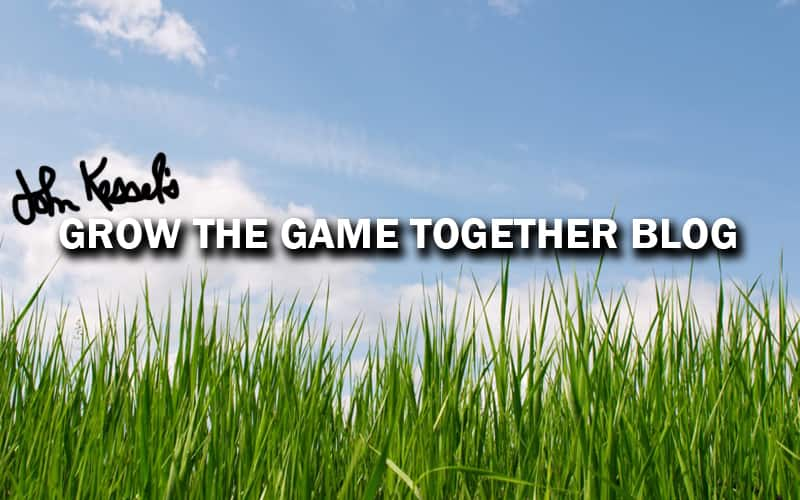
There is a small market pro baseball team working hard to get their players “Ready at 7.” This is the time of most single, regular-season games, and the maximum number of games in the World Series. They are also challenging their sport’s traditions in the areas of learning.
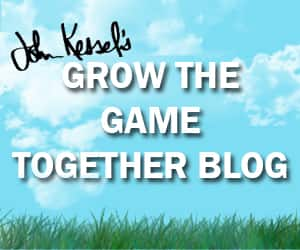
That is something my friend and mentor for over 40 years once told me; add that Carl McGown also often said “There is no magic,” and you will start to have an idea of his mind and his work. Each coach brings his or her own magic to the court but there is only hard work and the science
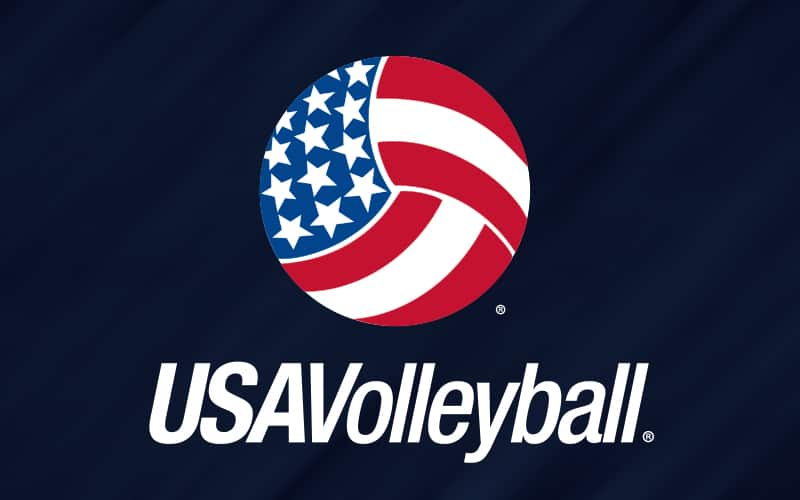
Implementing changes or adjustments based on scouting reports can be helpful. Statistics also should be used for practice planning and making adjustments between competitions.
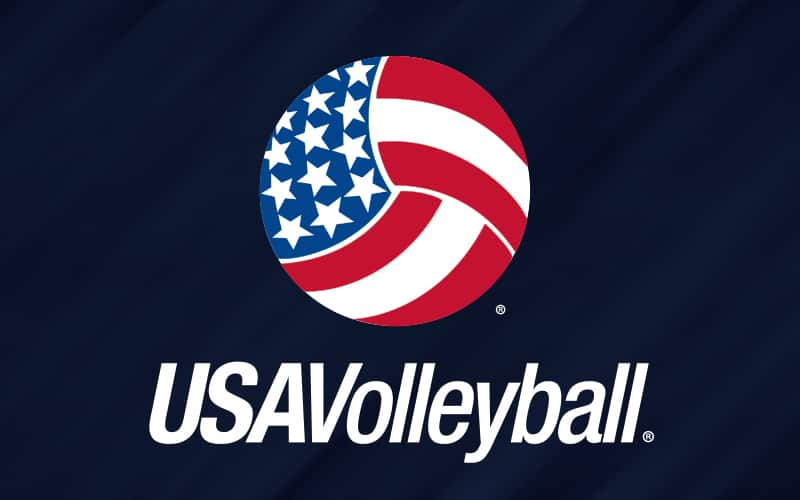
It's easy for players to remember past experiences and forget how much they liked volleyball. Even after a great season they were still done playing at the competitive level, but why?
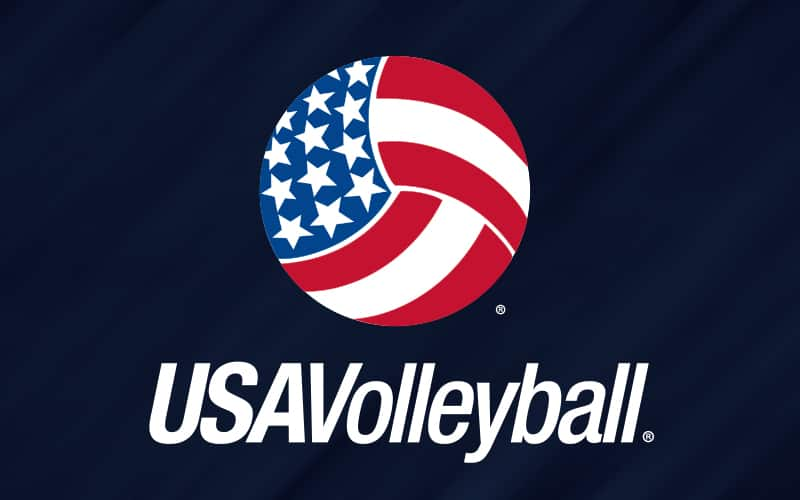
Ownership of the program by the players makes them responsible for the expectations and standards and therefore has the potential to make the program stronger
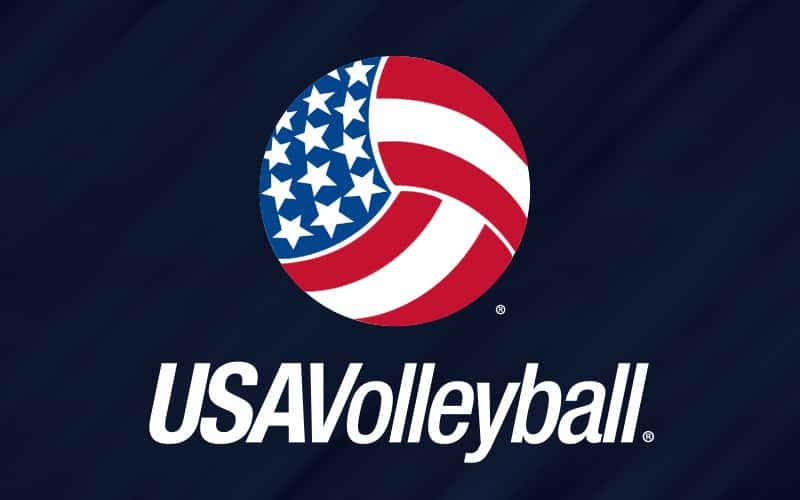
Tradition is a painful thing to alter; yet change is necessary when our traditional coaching isn’t getting the results we want